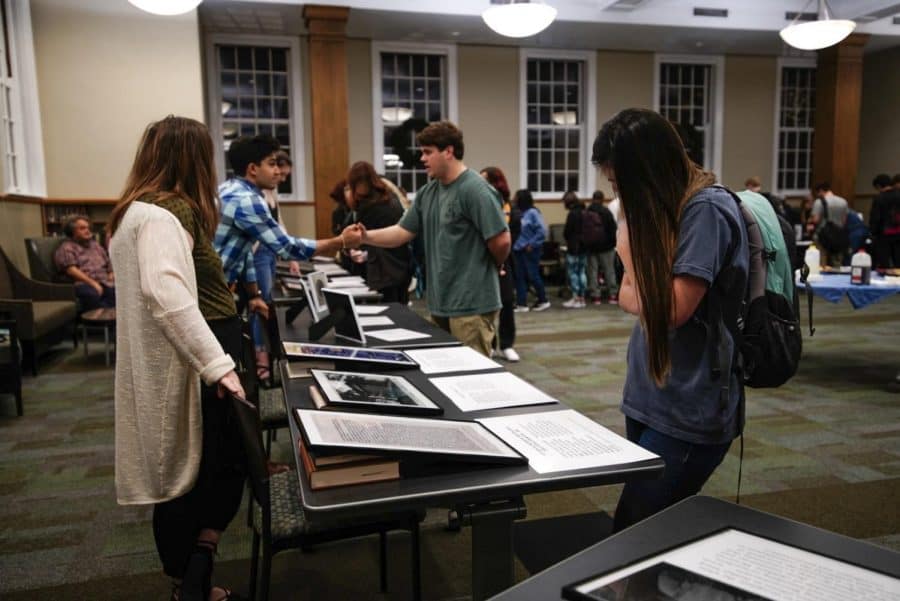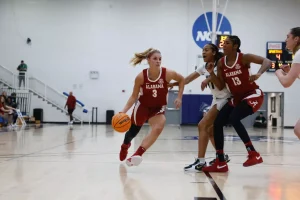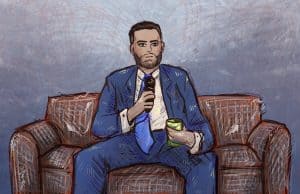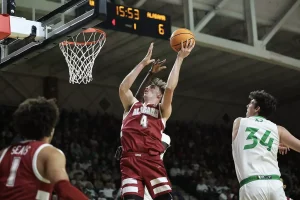Slavery pop-up museum examines Reconstruction in Tuscaloosa
December 7, 2018
Students all over the country learn about American History. They learn about America’s groundbreaking historical moments such as the American Revolution, the Civil War and the Great Depression.
All the big moments get highlighted, but slavery, however, sometimes gets swept under the rug with less in-depth discussions about its reality and prevalence.
The BUI 300 course at the University is working to put an end to the silencing of the realities of slavery. The “Slavery, Emancipation, and The University of Alabama” seminar class showed students a little bit about the past by opening a museum exhibit, which examined Tuscaloosa during the Reconstruction era, 1865-1890 and what the African-American experience was like in the city during the time.
“By using this project to talk about Tuscaloosa’s black community during Reconstruction, we were able to erase the silences about this time period,” said Anna Beth Peters, a sophomore majoring in political science and communication studies and a student who worked on the project.
Peters said she hopes the museum helped students understand the history of Tuscaloosa more clearly.
The museum was open on Nov. 29 from 5:30-7:00 p.m. in Gorgas Library. It was free to all students and staff of the University, as well as the Tuscaloosa community.
Visitors got to walk through and learn more about topics such as political participation, educational attainment from the Freedmen’s Schools to Stillman Institute and the efforts to create stable families.
Hilary Green, co-program director for African-American studies, said that slavery’s history on campus is still overlooked.
“Many of these stories, like the campus history of slavery, remains unappreciated,” Green said before the museum opened. “This event is one in which the current UA campus and the Tuscaloosa community can learn together.”










